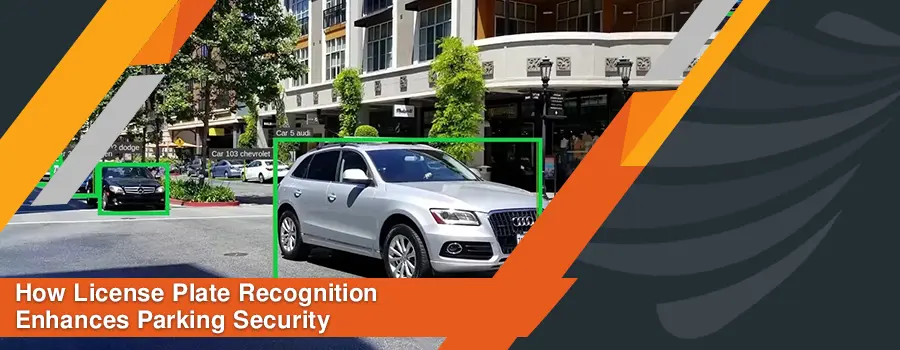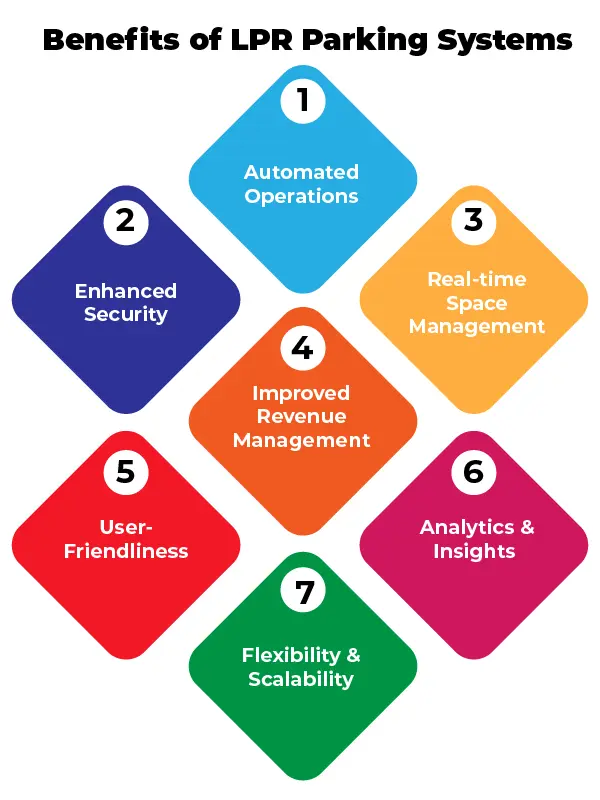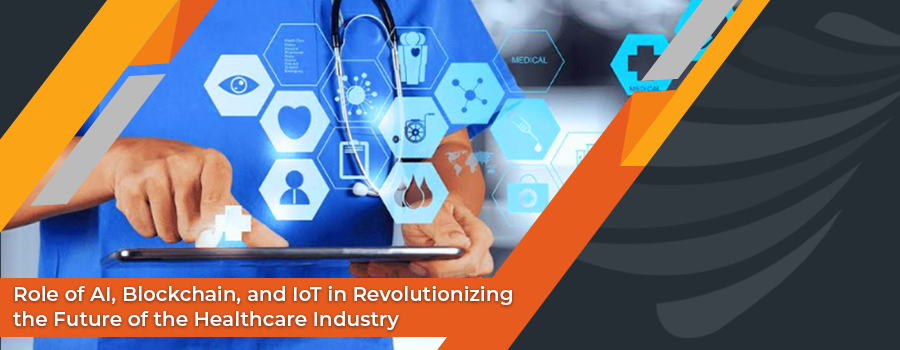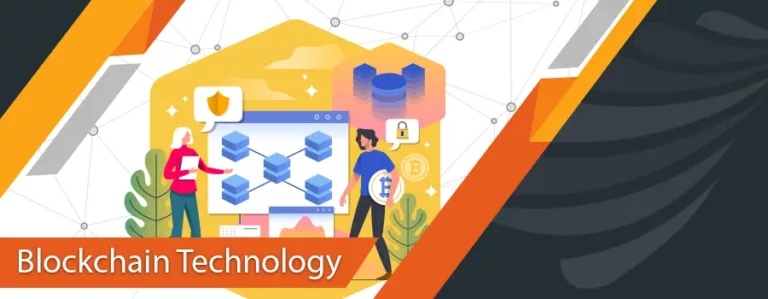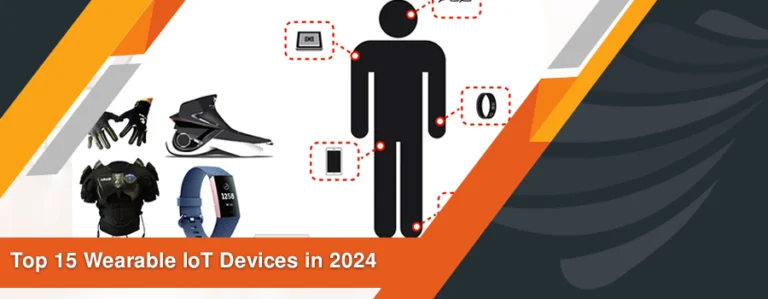One of the major elements of smart city development is traffic management. Integrating advanced technology like IoT sensors, AI algorithms, cloud storage, and analytics helps achieve smooth traffic management. Advanced software and systems are designed using state-of-the-art technology to improve transportation systems and enhance smart infrastructure.
One of the latest technologies is the License Plate Recognition (LPR) system, which plays a major role in enforcing traffic laws, reducing traffic congestion, preventing car theft, and ensuring drivers gain secure parking spaces.
Let’s examine in this blog how the LPR system enhances parking security and contributes to sustainable traffic management and smart infrastructure.
What is the LPR Parking System?
A license plate Recognition (LPR) parking system is an automated technology designed to manage parking facilities by identifying vehicles by their license plate numbers and managing parking spaces with the integration of IoT sensors. LPR parking systems combine two systems: license plate recognition and IoT sensors-based smart parking.
The integration of LPR mainly manages the security of the parking space. The high-resolution LPR cameras capture images of license plates as vehicles enter or exit parking areas. These images are then processed with Optical Character Recognition (OCR) software, which converts the visual data into text to identify the vehicle. The recognized license plate data is then managed by a central processing unit, which coordinates exit and entry, digital payments, and space allocation.
On the other hand, integrating smart parking systems helps manage parking space and ensure that booked cars get their parking space without any waiting. A parking management system relies on IoT sensors to collect data about parking cars and vacant spaces. Mobile app users can book their parking space and navigate to their desired parking space without hassle.
Combining LPRs like OLIOS-LPR and parking systems like ParkSmart helps achieve efficient management and enhanced parking lot security. It also adds convenience for drivers, reduces traffic congestion and fuel consumption, and enhances security.
Why do We Need LPR Parking Systems
Traditionally, because of increasing traffic issues, we face several hurdles like high fuel consumption, more greenhouse gas emissions, mental frustration, and accidents. Approximately 1.19 million people die each year because of road traffic crashes. With the implementation of the LPR parking system, we can expect enhanced security, operational efficiency, better space utilization, public convenience, reduced greenhouse gas emissions, improved revenue management, data analytics, and reporting.
Key Components of an LPR Parking System
1. LPR Cameras with OCR Software
Optical Character Recognition (OCR) software-equipped high-resolution cameras are necessary for taking and processing pictures of license plates. As cars come and go from the parking lot, these cameras recognize them and translate license plate information into text for processing by an automated system.
2. IoT Sensors and Smart Parking Software
The parking complex has strategically placed Internet of Things (IoT) sensors to track the availability of parking spaces in real time. Effective space allocation, direction, and dynamic pricing are made possible through communication between these sensors and smart parking software, which combines real-time parking space information with LPR data.
3. Central Processing Unit (CPU)
The CPU or central server coordinates data from the LPR cameras and IoT sensors, managing entry/exit control, space availability, and payment processing. It acts as the system’s brain, ensuring seamless communication between all components and providing real-time insights.
4. Parking Management and User Interface
Operators and consumers can easily navigate the integrated management software’s user-friendly interface. It enables managers to oversee payments, monitor car movements, and monitor parking occupancy. Through smartphone apps, users may simultaneously reserve spaces, get real-time parking information, and make contactless payments.
Benefits of LPR Parking Systems
1. Automated Operations
LPR parking systems streamline the exit and entry process by automating vehicle identification. This lessened the need for cash transactions and manual ticketing, resulting in faster processing and minimized driver wait times.
2. Enhanced Security
LPR systems enhance security in parking facilities by continuously monitoring vehicles and maintaining databases of license plate information. They can effectively identify unauthorized vehicles or those with criminal records, helping to minimize the chances of criminal activities.
3. Real-time Space Management
IoT sensors in the parking area provide real-time data on parking space availability. These assist operators in optimizing space utilization and allow drivers to easily navigate to the nearby parking spot, reducing time spent searching for parking spaces.
4. Improved Revenue Management
LPR systems facilitate automatic billing based on the actual duration of parking. They can also implement dynamic pricing strategies that adjust rates according to demand, maximizing parking operators’ revenue potential.
5. User-Friendliness
Users can enjoy a seamless, frictionless experience with LPR systems. Customers will be happier since drivers can come and go without pausing to pick up tickets, and payments can be made instantly using mobile apps or linked accounts.
6. Analytics and Insights
LPR system data yields useful information on occupancy rates, peak usage periods, and parking trends. Operators can use this information to make well-informed facility management and resource allocation decisions.
7. Flexibility and Scalability
LPR parking systems are flexible and can be sized to accommodate a range of parking situations, from modest lots to enormous garages with multiple stories. Their adaptability renders them appropriate for a wide range of uses.
Key Considerations While Implementing LPR Parking Systems
Although LPR parking systems have several advantages, a few things should be considered before using them. The system gathers and stores sensitive data, raising serious privacy concerns.
Resolving legal and regulatory issues is also necessary. Another crucial factor is how machine learning and artificial intelligence may enhance system correctness and dependability. Finally, before deployment, the return on investment and total cost of ownership should be assessed.
Real-Life Examples of LPR Parking System
1. St. Pete Beach
Conure has implemented an LPR parking system in St. Pete Beach, Florida. It allows the operators to examine that the vehicles parked in the parking area are registered and paid for the parking permit. Installing the LPR parking system in St. Pete Beach has simplified the user experience overall and increased the precision and efficiency of parking enforcement.
Operators receive real-time information about parking utilization, allowing them to optimize space management and guarantee compliance with local requirements. Drivers also benefit from a hassle-free, contactless parking process. Conure LPR parking system is a major advancement toward making St. Pete Beach’s parking structure more effective, safe, and convenient.
2. Johns Hopkins Aramco Healthcare
Conure has also implemented its parking system in Johns Hopkins Aramco Healthcare, Saudi Arabia. ParkSmart has implemented this to improve parking management and ensure patients avoid delays in parking lots. The LPR system will be integrated further with ParkSmart to ensure hospital security and avoid terrorist or criminal activity.
Future Trends in LPR Parking Systems
It’s fascinating to see where LPR parking systems are going. Deep learning and artificial intelligence will be crucial in developing LPR technology. LPR parking systems may also be used in smart cities in the future. LPR systems will need to change to satisfy changing customer expectations. The introduction of autonomous vehicles will significantly impact LPR systems, which may create new opportunities for innovation.
To Sum Up
The field of parking management is changing due to the revolutionary technology known as the License Plate Recognition parking system, or LPR parking. It has several advantages, from improved security to more efficient operations. When implementing these systems, it’s important to consider data protection, regulatory compliance, and system accuracy. The capabilities of LPR parking systems will advance along with the world’s continued evolution.

